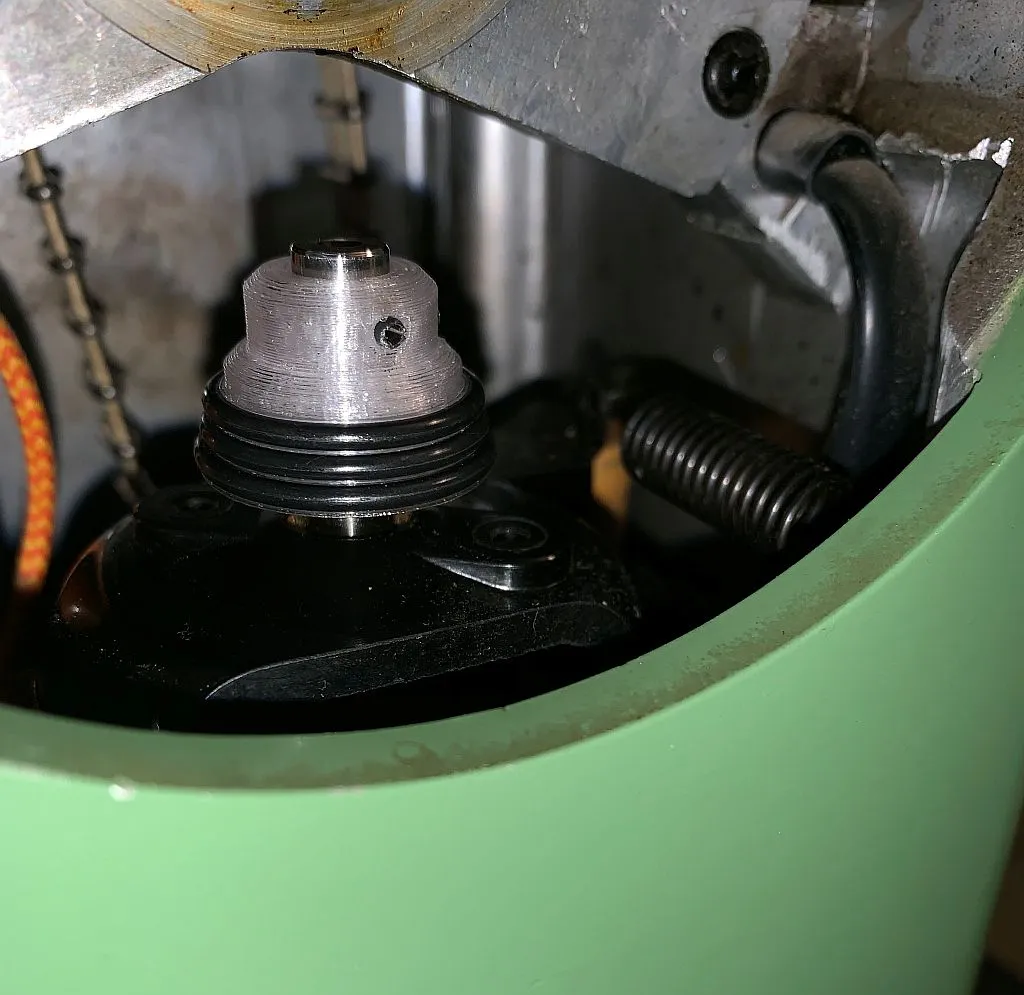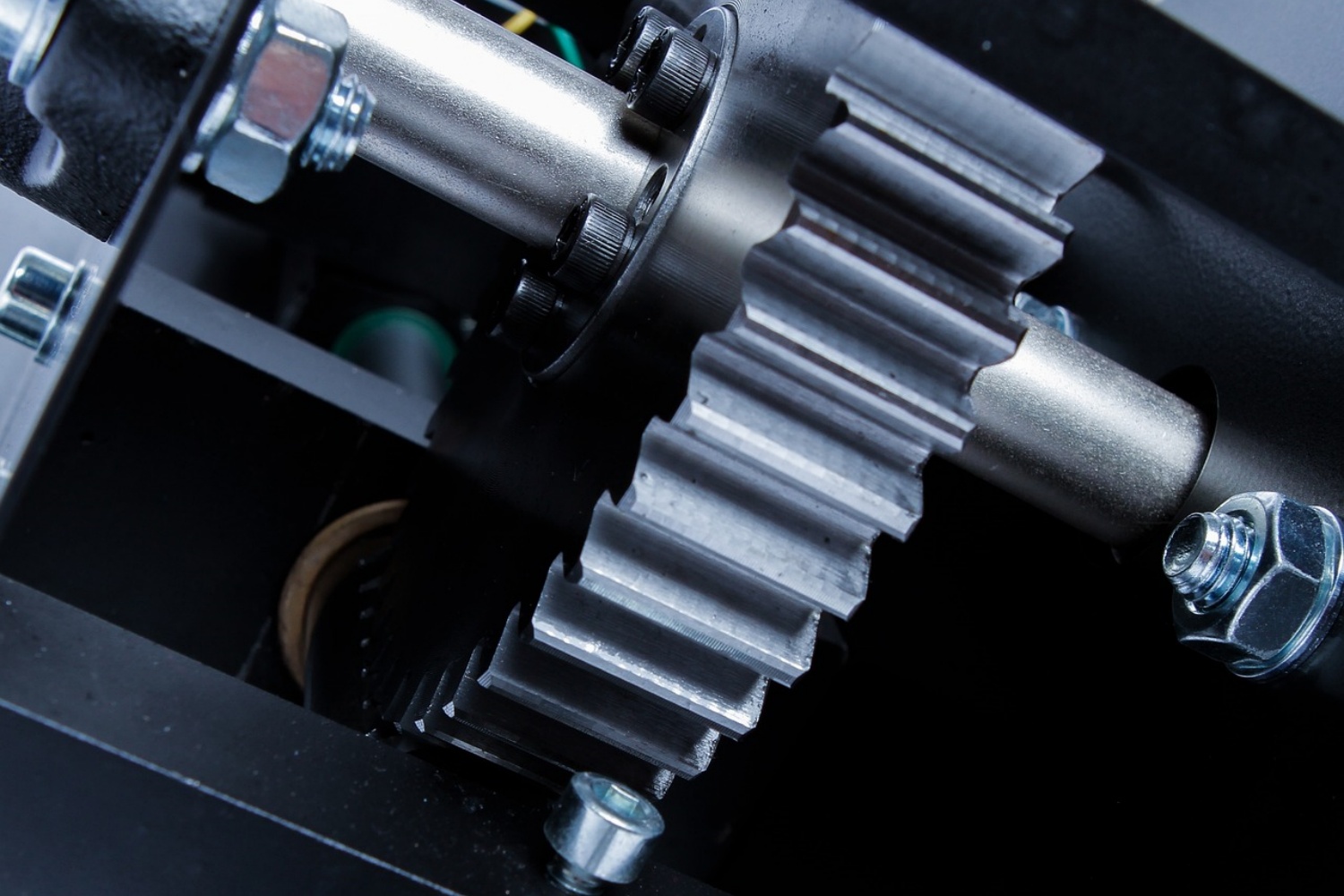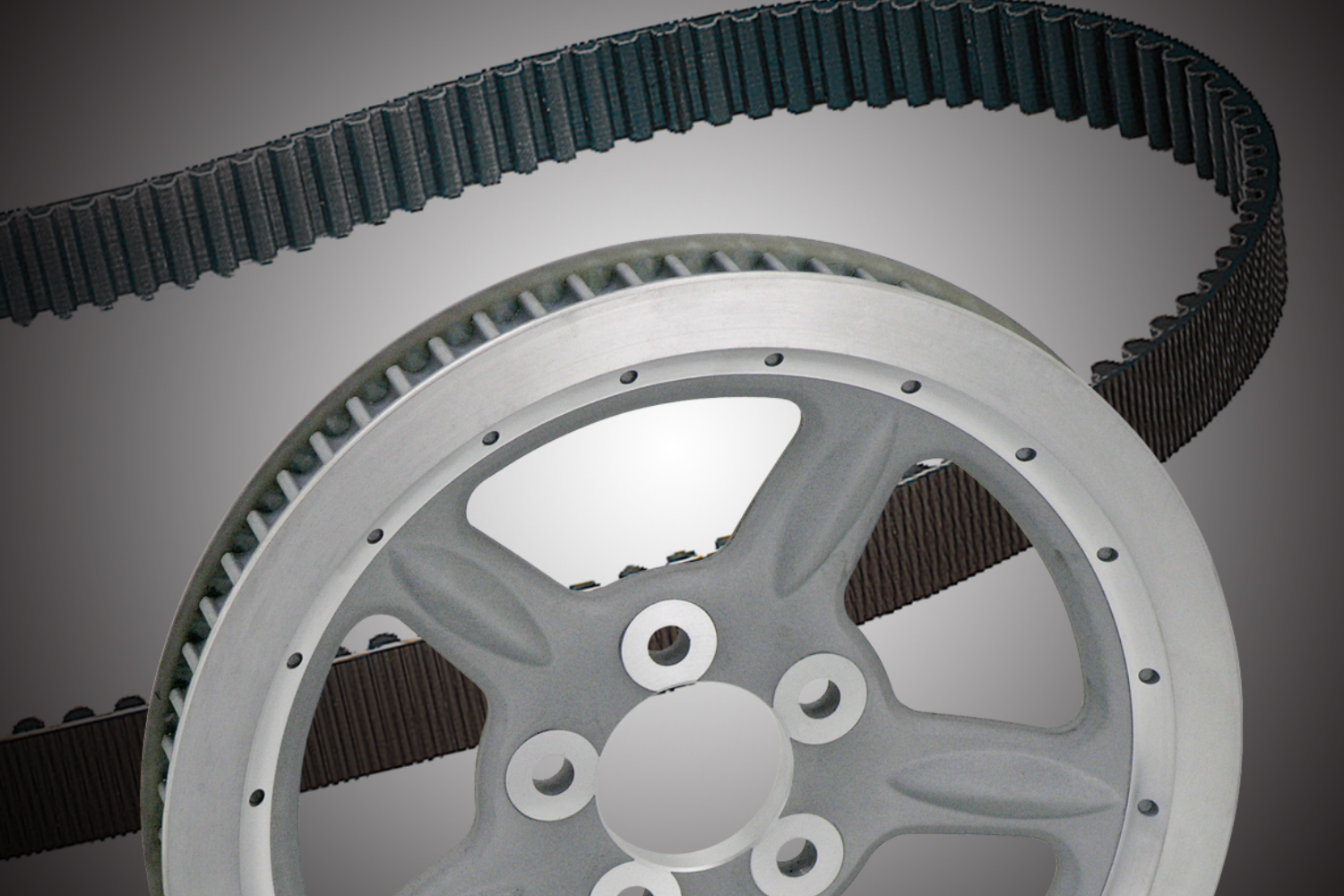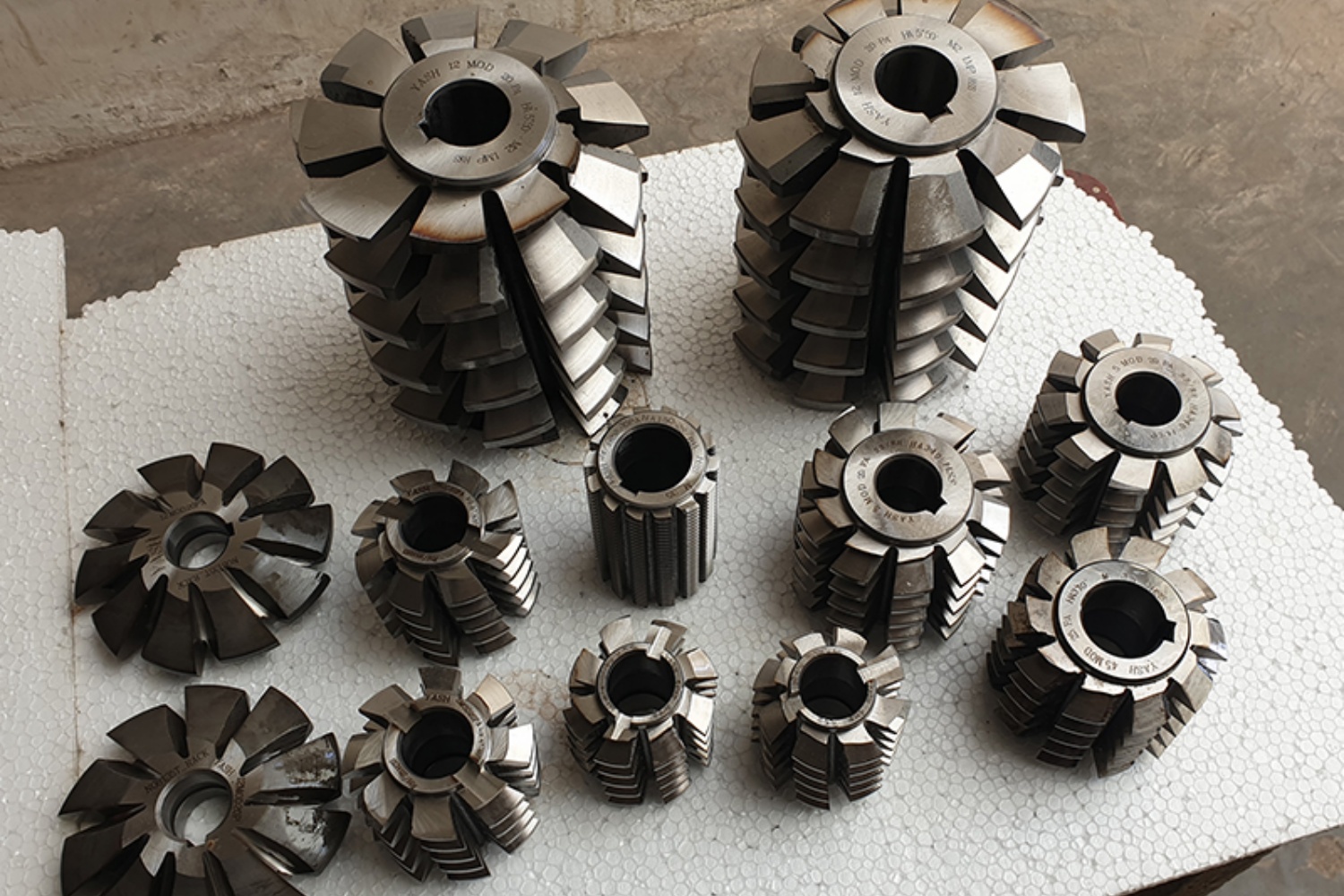A motor pulley is a type of pulley that is attached to an electric motor’s shaft and is used to transmit power from the motor to another rotating component, typically through the use of a belt. The motor pulley is typically mounted directly on the motor’s shaft and is designed to match the size and speed of the driven pulley or other rotating component.
- The characteristics of a motor pulley can vary depending on its design, size, and the materials used to make it. However, here are some general characteristics of motor pulleys:
- Material: Motor pulleys are typically made of materials that are strong, durable, and resistant to wear and corrosion. Common materials used include steel, cast iron, and aluminum.
- Size: The size of the motor pulley will depend on the speed and power requirements of the driven component. Larger pulleys will produce lower speeds, while smaller pulleys will produce higher speeds.
- Shape: Motor pulleys can come in various shapes, such as V-belt pulleys, flat belt pulleys, and timing belt pulleys.
- Surface finish: Motor pulleys are typically machined to provide a smooth surface finish that allows for effective power transmission without excessive wear on the belt.
- Mounting: Motor pulleys are typically mounted directly onto the motor shaft, often with a keyway or set screw to ensure a secure fit.
- Load capacity: The load capacity of a motor pulley is dependent on its size and material. It must be able to withstand the force and torque required to rotate the driven component.
- Efficiency: Motor pulleys are designed to transmit power efficiently with minimal losses due to friction and other factors.
Overall, motor pulleys are critical components that must be carefully selected to ensure proper operation and maximum efficiency of the driven machinery.
What to pay attention to when purchasing motor pulley ?
When purchasing a motor pulley, there are several important factors to consider to ensure that you choose the right product for your needs. Here are some things to pay attention to:
- Size and specifications: Motor pulleys come in a variety of sizes and specifications, and it’s important to choose one that is compatible with your motor and the other components in your system. Make sure to check the manufacturer’s specifications and consult with a professional if you’re not sure what size or type of pulley you need.
- Material and construction: Motor pulleys can be made from a variety of materials, including steel, aluminum, and cast iron. Consider the material and construction of the pulley to ensure that it is strong, durable, and able to withstand the demands of your application.
- Load capacity: The load capacity of a motor pulley is an important consideration, as it determines how much weight the pulley can support. Make sure to choose a pulley with a load capacity that is appropriate for your application.
- Efficiency: The efficiency of a motor pulley refers to how much power is lost through friction as the belt moves across the pulley. Choosing a high-efficiency pulley can help to reduce energy consumption and operating costs over time.
- Manufacturer and distributor reputation: When purchasing a motor pulley, it’s important to choose a reputable manufacturer or distributor with a track record of quality and reliability. Look for reviews and recommendations from other customers, and consider factors such as warranties, customer service, and support.
By paying attention to these factors, you can choose a motor pulley that is compatible with your system, durable, and efficient, helping to optimize performance and reduce operating costs over time.
CONTINUE READING
Related Posts
In the world of industrial manufacturing, the efficiency and reliability of transmission systems are critical to the success of any […]
In industrial settings, a smooth and quiet power transmission system is crucial for productivity, safety, and worker comfort. V Belt […]
Splines play a critical role in mechanical power transmission systems, enabling rotational motion and torque transfer between mating components. These […]





